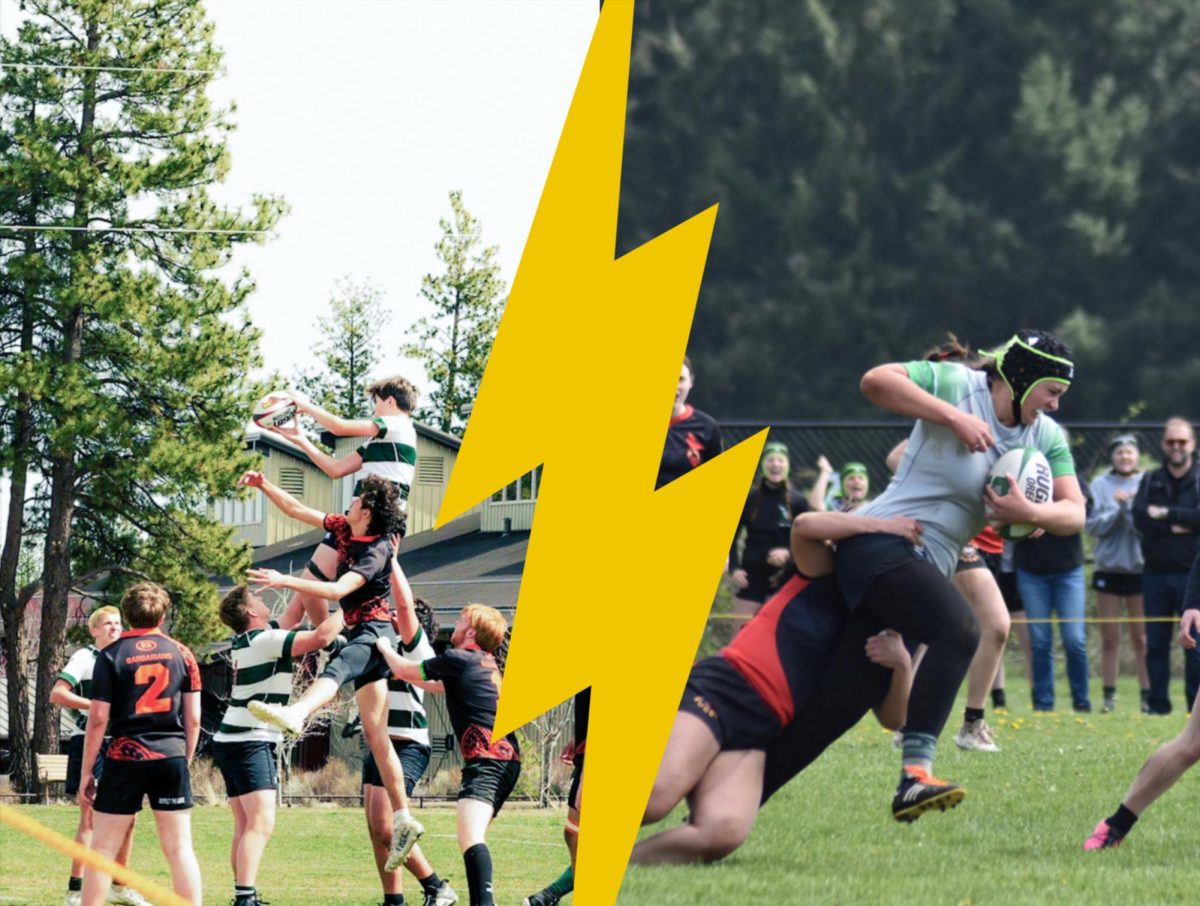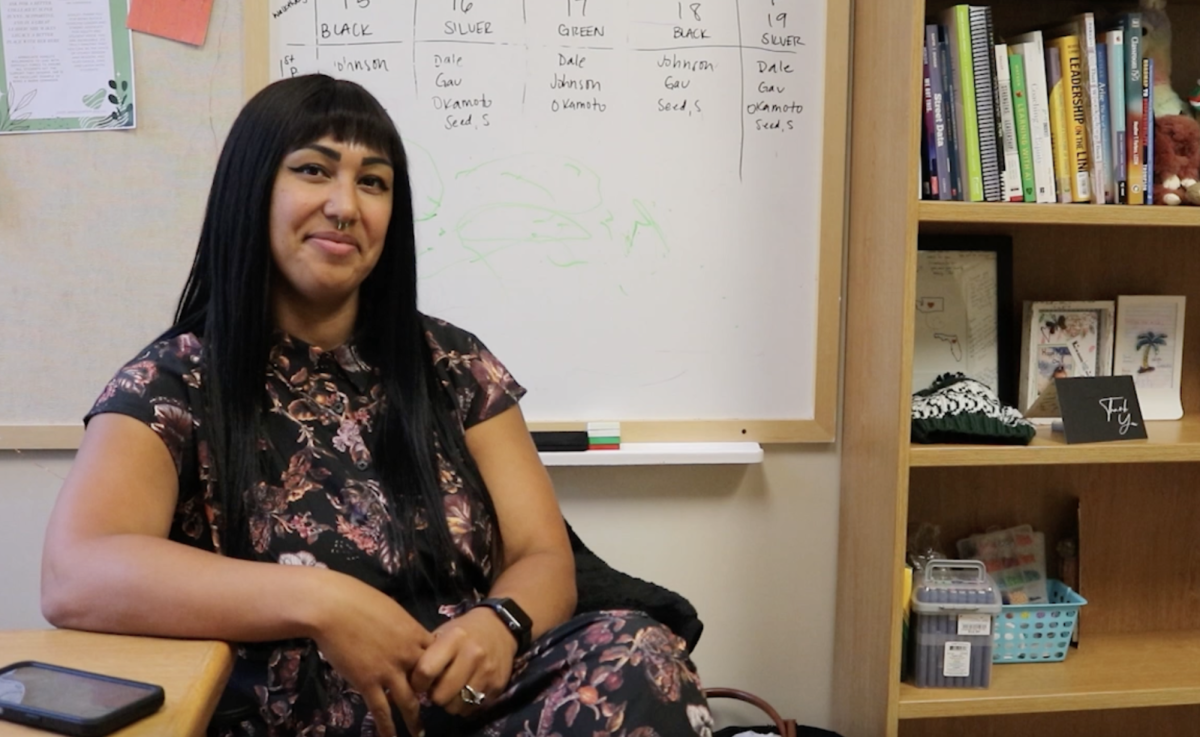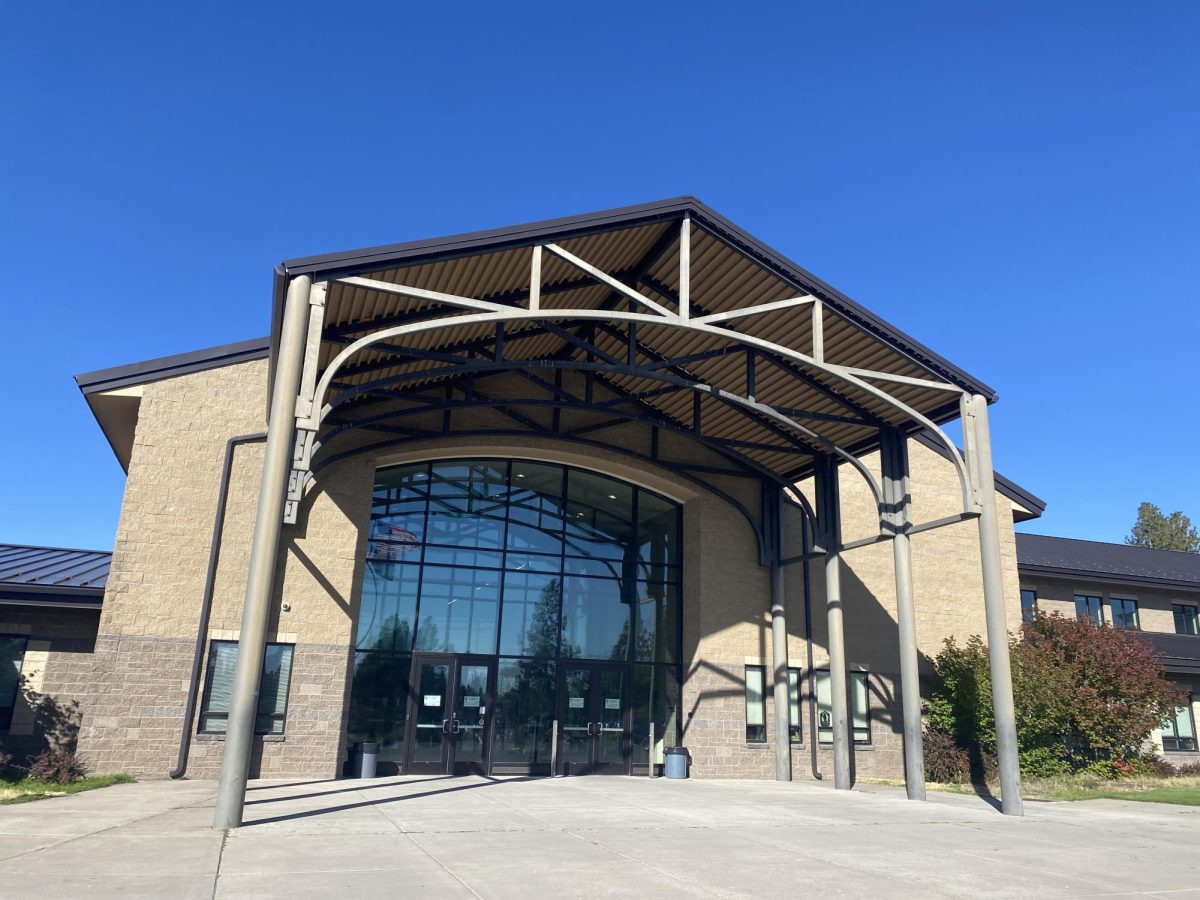As teenagers enter the world of adolescence, life becomes a balancing act in which they are walking a thin tightrope, trying to juggle emotional, academic and social stress. These social pressures, struggles at home and discovering oneself, combined with being in a phase of life with minimal control makes being a teenager challenging.
“Teens often find themselves seeking therapy to have somewhere to process their worlds, gain tools to help manage anxiety or to talk about acute stressors,” said Ashlee Davis, licensed professional counselor (LPC) who worked as a therapist in middle schools and high schools for around ten years.
“I’ve been doing it since I was in elementary school for anxiety,” said Summit sophomore Arianna Larson about her own experience with therapy. “It has been nothing but an amazing and positive experience for me.”
Unfortunately though, many Oregon students are struggling to find the help they desperately need. A recent report published by The Center for Health Systems Effectiveness, revealed that 51% of children in Oregon have difficulty obtaining mental health care, compared to the national percentage of 43%. Oregon is currently ranked fourth in the nation for unmet mental health needs. These statistics are due to the fact that many Oregonians live in rural areas, where there is a lack of access to services. Convincing therapists and clinicians to move to rural areas is a great challenge, since it demands a heavier workload because of staff shortages.
Even Bend, which is mostly considered urban, has been facing shortages. An anonymous Summit High School sophomore said, “We also live in a smaller town so there’s just not a lot of options.” The student spent six months looking for a therapist before she found one that fit her needs.
Another one of the reasons for these limited options is reimbursement rates. In the context of medicine, reimbursement is defined as payments to health insurers. High reimbursement rates usually contribute to increased wages for therapists. When these rates are low, however, therapists are less willing to take insurance. This poses a great dilemma to parents of teenagers who are seeking therapy. They face limited options when it comes to who is willing to accept insurance.
Even if a student finds a therapist that takes their insurance, they then have the potential to be waitlisted.
“I currently have a waitlist for teen clients. It really comes down to how many after-school time slots are available for teens,” Davis said. Even if a slot opens up, students are in school for up to six hours. Add on after-school sports and other activities, and there is no time left in the day to squeeze in an hour-long therapy session. Then students are left with a slot in the middle of the school day, which impacts in-class learning.
When mental health needs go unmet, students fall deeper into patterns of anxiety, suicidal thoughts and substance abuse. Oregon is in a mental health crisis, the professional help and support students and others so desperately need is scarce. In order to solve this issue it’s important that Oregon leaders take unmet mental health needs seriously, and develop and delegate solutions to help people across Oregon receive the help they seek.
































